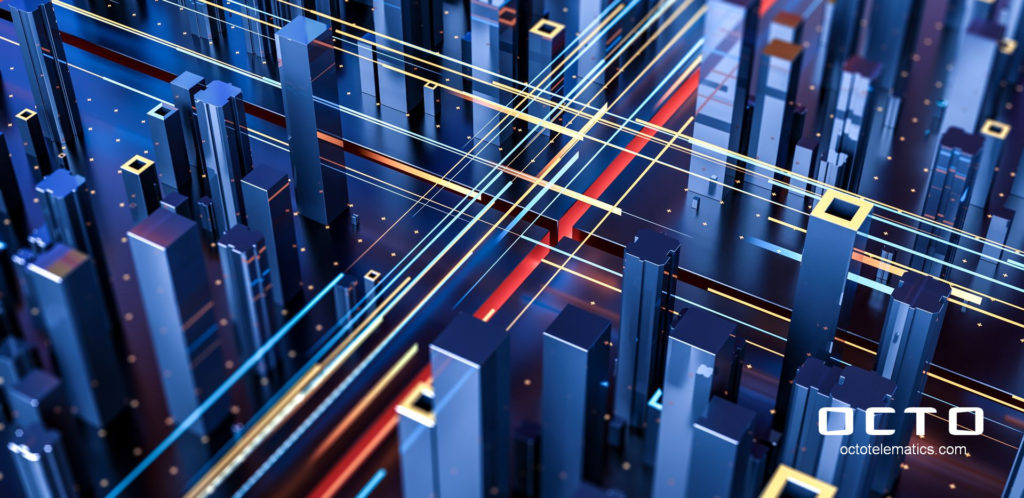
As Europe’s major cities slowly emerge from the coronavirus lockdown, the need for smart transport solutions has never been greater. Employees want socially-distanced travel options, while urban authorities want to avoid the crippling congestion of workers commuting by private car rather than public transport.
At the height of the pandemic, many cities had a brief vision of their roads and streets might look with a successful transport system. Air quality improved, fewer vehicles on the road left more people feeling confident to walk and cycle, and streets that are normally gridlocked suddenly flowed.
The challenge for politicians and transport planners is how to recreate these sustainable city streets when life returns to some kind of normal. And the answer almost certainly lies in technology and particularly the internet of things (IoT), in which ‘things’ are any object, either physical or virtual, that can be identified, located and controlled by the internet.
Muhammad Azmat, from Vienna University of Economics and Business, said: “IoT will allow the circulation of information in real time to provide accurate traffic status, best route and vital information for all participants in traffic to facilitate a better management and control of traffic and safety.”1
Millions of sensors in the roadside and in vehicles will collect and communicate data in real time, enabling the development of intelligent transport systems that connect all modes of travel, and leading to mobility on demand.
“Users can plan in an efficient and effective manner each trip and have easy access to different transport modes and related information,” said Azmat.
Connected, smart and integrated
Much of the infrastructure that will underpin this vision of a smart, connected city is yet to be installed; and 5G networks will be essential to deliver all the potential benefits, leading eventually to autonomous vehicles.
“Autonomous cars will change the face of cities. All those parking spots will no longer be needed. Traffic will be flowing and not parking – just stopping occasionally to pick up or drop off passengers,” according to Smart Cities: Introducing Digital Innovation to Cities.2
Smart city tech will play a key role in the practical adoption of autonomous mobility, and autonomous mobility development will drive new smart city innovation forward.
Advanced driver assistance systems are already cutting road risk and accident rates substantially, while even smartphone parking apps are reducing journey times and congestion by helping drivers to find empty parking bays.
Genuinely smart cities will take this several steps further, re-routing traffic to avoid congestion in real time. Smart junctions will be able to identify an individual vehicle rather than rely on aggregated traffic flow, automatically changing traffic lights and the vehicle’s speed to keep wheels turning and avoid the interruptions of standstills that increase congestion, accidents and fuel consumption.
To achieve these smart city goals, the entire transport system will have to be data driven supported by a high-speed and secure IoT infrastructure. Tracking and telematics systems across all types of vehicle will have to operate securely and robustly in real time. And the win will be clean, efficient, convenient travel that identifies, and if necessary adapts mid-journey, the best mode for each individual journey.
- Impact of Internet of Things on Urban Mobility, Vaidian, Iulia, Azmat, Muhammad, Kummer, Sebastian, Health and Environment Conference
- Smart Cities, Introducing Digital Innovation to Cities, by Oliver Gassman, Jonas Bohm and Maximilian Palmie.
Author: Jonathan Manning, Fleet Europe